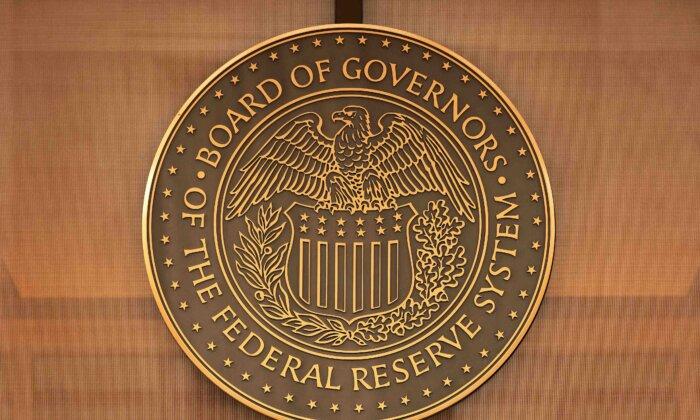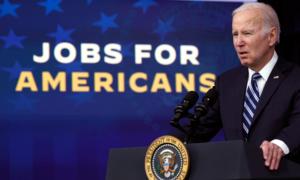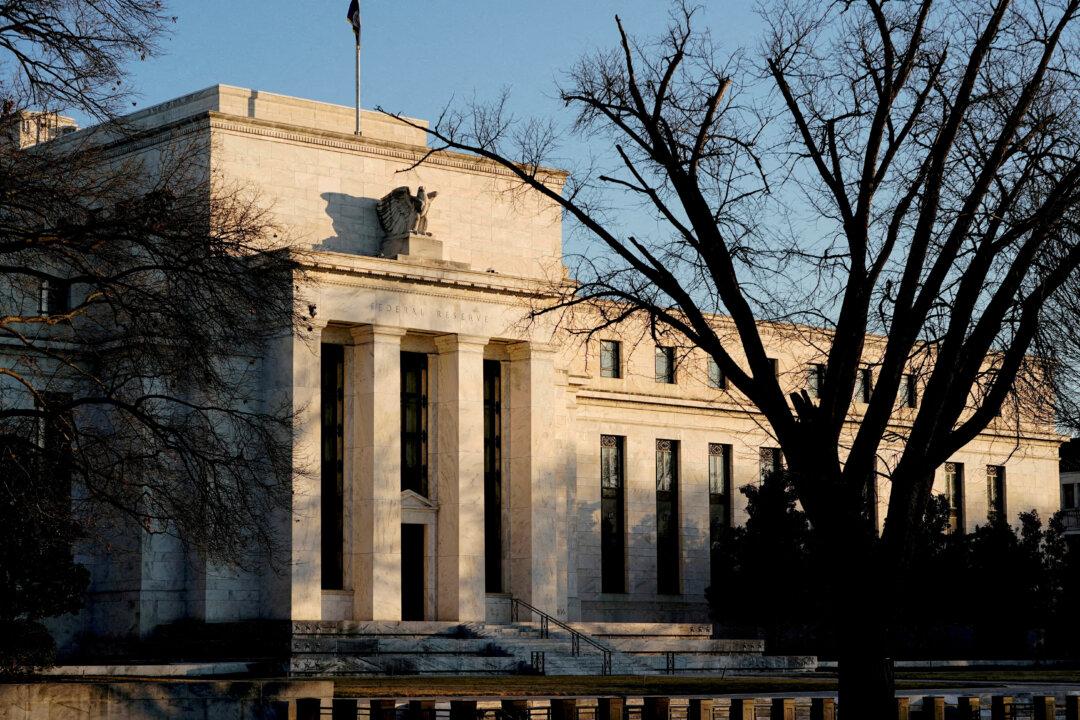Like any government-favored bank, the Bank of England lent money it didn’t have, lending far more than the silver in its vaults. The British government endorsed this fraud because the king and Parliament wanted the money.
But the fraud went further still: The Bank of England was allowed to use its new government bond holdings to back private loans, which meant creating even more money with no silver behind it to lend to private banks. This, too, earned interest, even though the money was created out of nothing.
The explosion of money caused a tissue fire in the British economy—a short period of fast growth followed by rampant inflation and an economic collapse. The boom-bust cycle was born, what we now call the “business cycle.”
When the Bank of England didn’t have enough silver to exchange for all the money it created, the British government pulled the 18th-century equivalent of a bailout by suspending specie redemption, allowing the Bank of England to stop repaying in the silver it had promised.
Central banking was imported to the New World before the Constitution was even written. The Bank of North America, our first central bank, copied the Bank of England and created hyperinflation under the Articles of Confederation. At that point, the Founding Fathers scrapped both the Articles of Confederation and the bank.
To finance that war, the government borrowed heavily from regional banks, which created money out of nothing for the government. That meant that much more paper money was in circulation than gold and silver in bank vaults. When people tried to redeem their paper for specie, the banks didn’t have enough, and many failed.
To bail out the banks, Congress created another central bank in 1816, the Second Bank of the United States.
The Second Bank curtailed excessive lending by regional banks but only after first encouraging it. The result was a debt-fueled boom followed by a bust in 1819 that sparked the nation’s first depression.
That ushered in some of America’s greatest decades of economic growth.
The Golden Age came to an end in 1907, when mismanagement by major banks touched off a bank crisis that required a herculean rescue effort by J.P. Morgan and Co. In response, J. Pierpont Morgan wanted the government to sanction a private “bank for bankers” to respond to such crises.
The progressives in Congress refused because, as Sen. Nelson Aldrich (R-R.I.) said, “We may not always have Pierpont Morgan with us to meet a banking crisis.”
And so, shortly after Morgan’s death in 1913, the politicians created a fully government-run institution to bail out government and bad banks alike: the Federal Reserve.
The boom-bust cycle was on steroids from that moment on.
Just in the past three decades, the Fed’s low interest rates caused the dot-com bubble in the 1990s, then the housing bubble and a global financial crisis in 2008. Today, there’s an “everything bubble” from the Fed’s panic-printing to bribe voters into lockdowns, yielding the combined risks of 1970’s stagflation and a 2008-style bank collapse.
Since its founding, the Fed has stolen 98 percent of the value of a dollar. It has used those profits to repetitively launch boom-bust cycles and to transfer trillions to the federal government, special interests, and wealthy borrowers.
Jackson didn’t tolerate such thieving rampages from his central bank. And we need not either.








